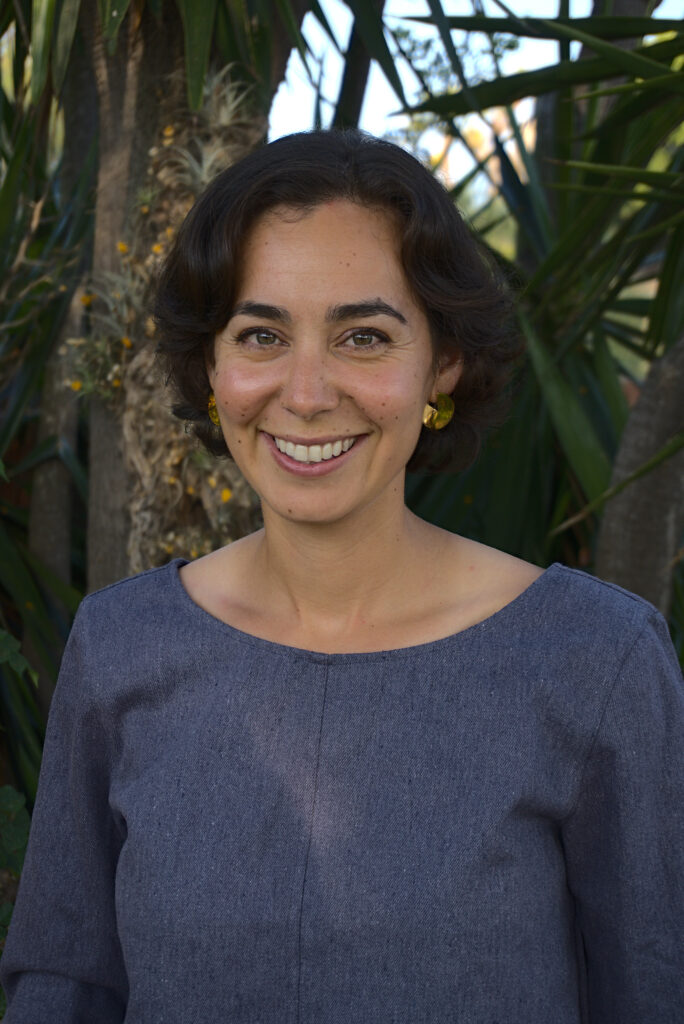Host: Duncan Young
Title: The role of dust on Earth’s climate: insights from the paleoclimate record & modern ecosystems
Abstract: Dust is a long-recognized component of the lithosphere-atmosphere-ocean system, strongly linked to variations in Earth’s climate. Dust is fine grained sediment that is associated with dry, arid areas where constant wind erosion and lack of vegetation allows for the accumulation of large amounts available for transport via wind. Dust is also an important constituent in high latitude Polar regions, formed by the physical grinding of ice sheets and glaciers over bedrock, where rapid advances during cold periods produce increased amounts, or rapid retreats leave behind a layer of sediment previously covered by ice. The generation and transport of dust from a source area to its sink is strongly related to climate on timescales ranging from seasonal to glacial-interglacial, and can be an important source of critical nutrients capable of enhancing primary productivity in both terrestrial and marine environments. In this seminar, I will focus on the dust cycle in the modern and paleoclimate record; through examining the changes in the composition of dust trapped in passive dust collectors in a mountain ecosystem and dust within Antarctic ice. I will begin with discussing how in environments where physical erosion outpaces soil production, dust becomes a significant source of nutrients. I will then pivot to a dust record preserved in ice from the last interglacial period to explore whether sediment transport and composition can be used to infer past ice sheet extent.

